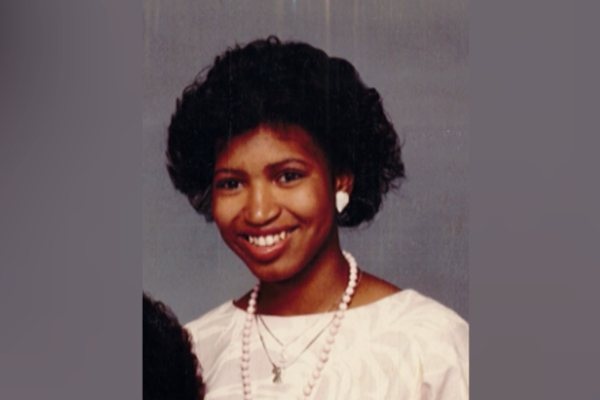
The photographs are rare, the subject choice unusual, but what the photographer captured was a common sight in the early 20th century: a team of colonised people, hard at work under a hot sun, excavating an ancient monument.
Today, without these photos, taken in Kenya in the 1940s and 50s, there would be scarcely any evidence that African Kenyans were present at archaeological digs. Their contributions and priceless finds were credited to their European bosses – and their important role in unearthing the history of their own continent has been all but forgotten.

Museums in Mombasa and in London will attempt to put the record straight next month with an exhibition of previously unseen photographs that highlight the work of African Kenyans whose names are missing from archeological archives.
“The first Africans to excavate in Africa are not recognised, they’re not seen in records – and they need to be put back,” said Sherry Davis, curator of the forthcoming exhibition Ode to the Ancestors, which opens on 8 December at the Horniman Museum in London. The Nine days later, the National Museums of Kenya will open a sister exhibition of the same photographs at Fort Jesus, a 16th-century fortress that local African masons helped Portuguese settlers to build, on the island of Mombasa. “The discovery of African history is still very much attributed to Europeans, particularly before the mid-20th century,” Davis said. “Correcting that, reclaiming that and telling that history from an African perspective means the world to me.”
Her own grandfather, Karisa Ndurya, was one of the first Africans to excavate Fort Jesus, the ruins of Gedi and other ancient African sites on the east coast in the 40s and 50s.
Davis said: “My grandad learned on the job. He was a foreman who had local knowledge of the sites, oversaw the excavations and worked in the field for over 20 years.”
But he was never given the title of archaeologist and she discovered no trace of him in the book his European boss, James Kirkman, wrote about the digs. So she decided to go to Fort Jesus to see if she could find any acknowledgment of his work there.
She found the large Portuguese tapestry that witnesses saw her grandfather pull out of the ground, on prominent display in the popular tourist attraction. Other important objects he excavated were there, too. “But the only information I was able to get on him was from old men that were retired or still working at the fort. And I just thought: this will not do. I can see the name of his European boss all over the walls of the fort – but where are the Africans? Why are they not being credited?” she said.
It wasn’t until she and Ashikoye Okoko, a researcher from the National Museums of Kenya, searched through British and Kenyan historical archives and uncovered 28 of the photographs that will appear in the exhibition, that she finally got some evidence of her grandfather working on Fort Jesus. “He is in three of the photos. It was like a piece of lost memory being restored to us, as a family.”

Prof George Abungu, emeritus director-general of the National Museums of Kenya, said that in the colonial era, one or two European scholars would typically work on each dig with a team of about 30 to 40 African Kenyans. The scholars would then publish books taking all the credit for the team’s discoveries. “Without those Africans, there would have been no excavations,” he said. “Nameless and faceless people produced this knowledge and they were never recognised. Even if you come to the museum in Nairobi or Mombasa, you will never know who worked with these European scholars, the people whose sweat and blood went into these discoveries.”
Many of the Kenyan excavators, who would typically open the trenches and dig the various layers by following the various strata, had expert local knowledge about the ancient sites, including their geology, histories and oral traditions. This knowledge was highly prized by the European scholars, who rarely did any digging themselves. But it was colonial practice, to intentionally “forget” the contributions of Africans to African history, Abungu said. “And the scholars went along with that.”
Given this context, Davis would now like other museums to review who is credited with the excavation of their colonial-era objects and is seeking further records, photographs and testimonies about black heritage professionals who worked in Kenya in the colonial period. She hopes that by correcting the historical records, African pioneers who made important contributions to African history will become more visible. “I want to be able to look at my African history and feel a sense of pride.”







